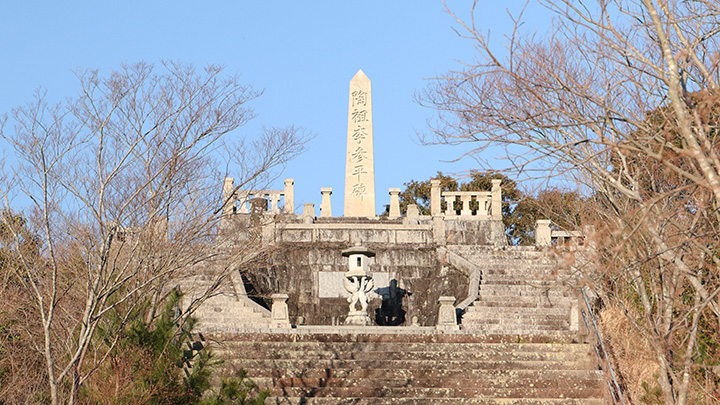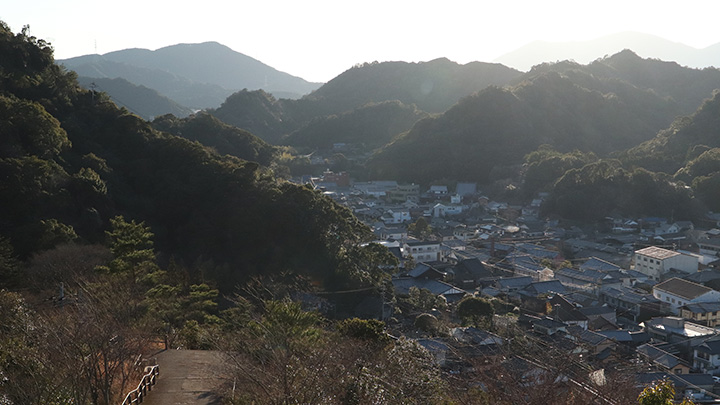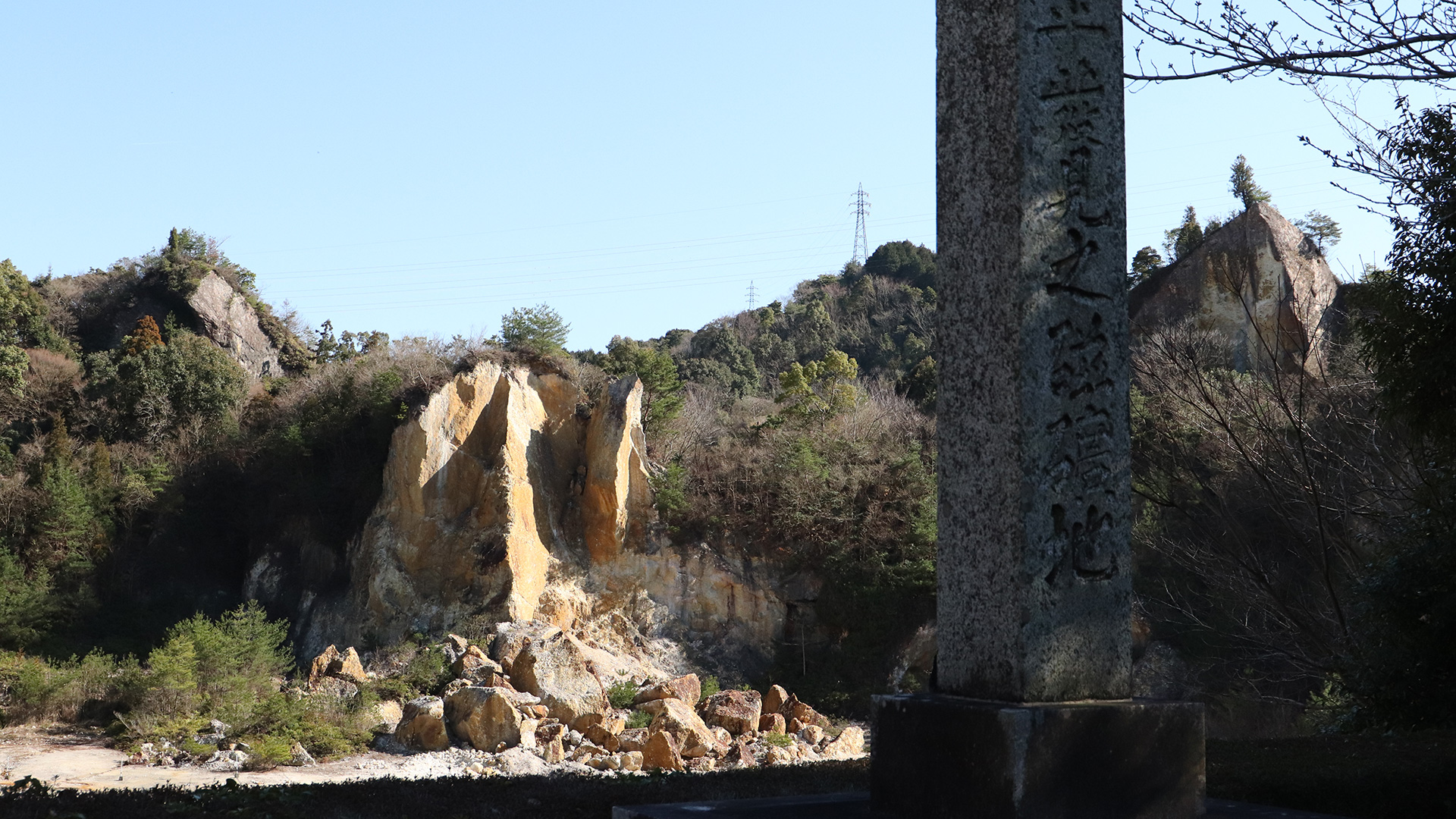
Arita Town in Saga Prefecture is widely known as the birthplace of Japanese porcelain. Located about an hour and a half by car from Fukuoka City, I make a point of visiting several times a year—for both study and quiet enjoyment. One of its most iconic sites is the Izumiyama Quarry, famously described as “a mountain transformed into ceramics over 400 years.” It was here, in the early 17th century, that Korean potter Yi Sam-pyeong discovered porcelain stone, marking the beginning of Japan’s porcelain tradition. During the Edo period, high-quality porcelain stone from Izumiyama was strictly managed by the Sarayama Magistrate’s Office. The finest materials were reserved for the Nabeshima Domain Kilns, while other kilns—such as Uchiyama and Sotoyama—used stones according to a graded classification system. Adjacent to the quarry stands Ishiba Shrine, where Yi Sam-pyeong is enshrined and honored for his foundational role in Japanese ceramics.
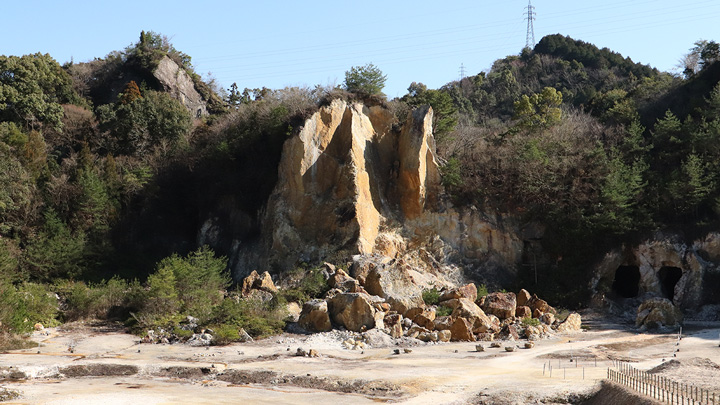
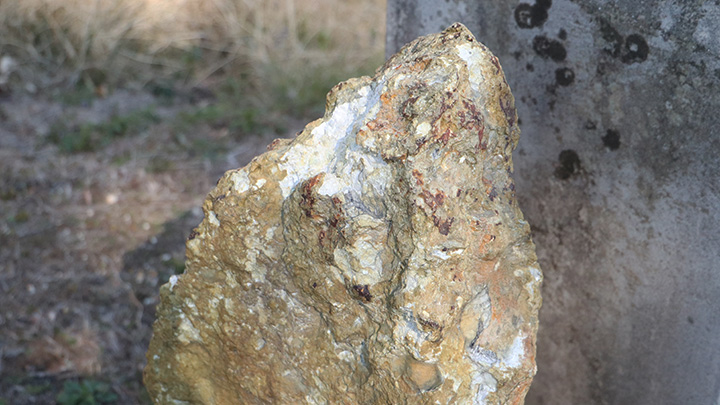
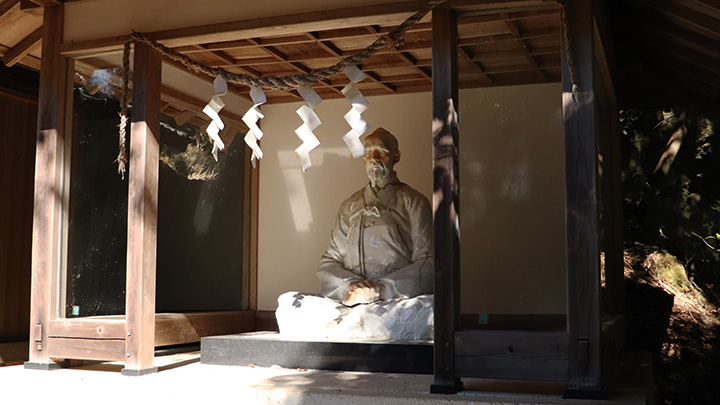
The Tengudani kiln is one of the earliest historic kilns from the initial phase of porcelain production in Arita. Its remains reveal a stepped, multi-chambered climbing kiln structure. On the surface of the “monohara”—the discard site for misfired pieces—fragments of early Imari ware can still be found.
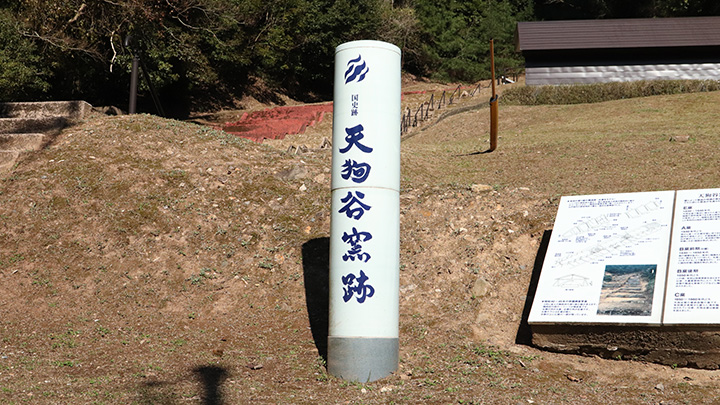
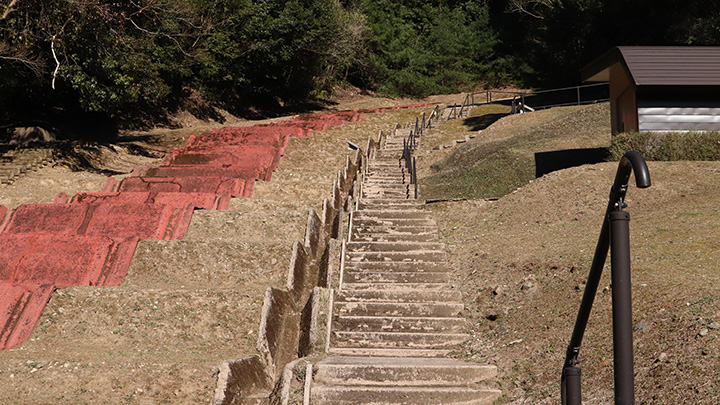
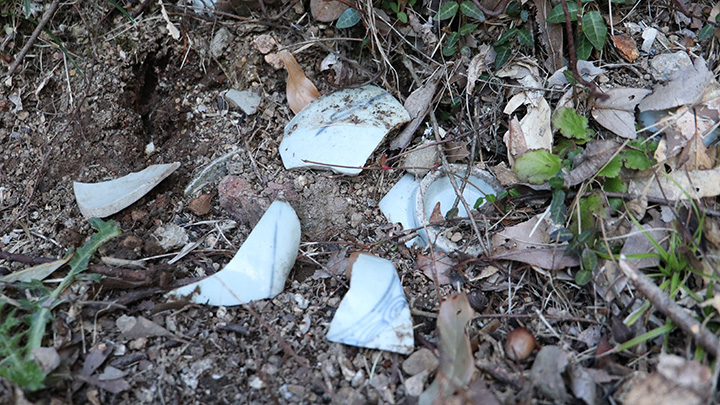
Beneath the Tengudani kiln, a traditional karausu (Chinese-style mortar) used for crushing Izumiyama porcelain stone has been faithfully reconstructed. Originally operated by flowing river water along the banks, it was gradually replaced by mechanical power during the Meiji era.
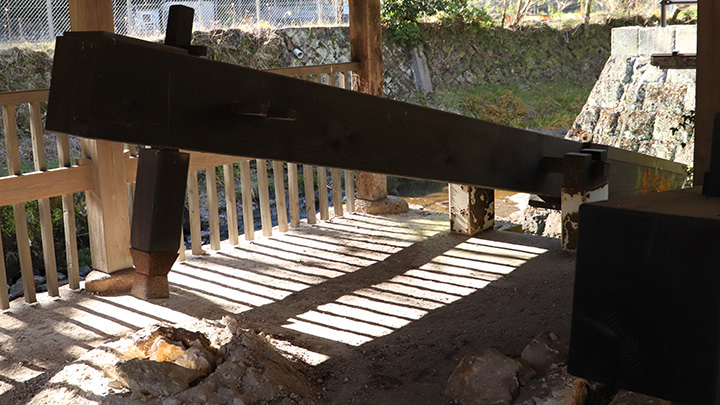
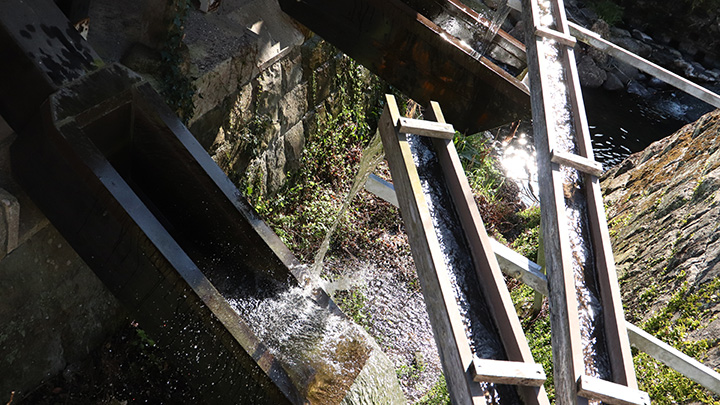
A visit to the gravestone of Yi Sam-pyeong, the pioneering potter. The Tenjinmori kiln—believed to be one of the most probable birthplaces of Japanese porcelain—produced works of the highest standard in its time.
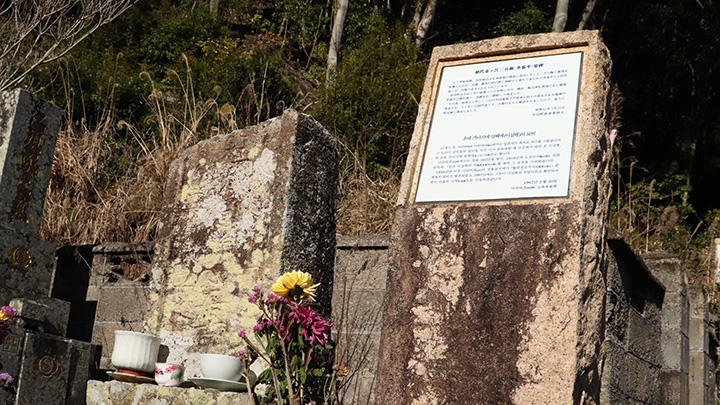
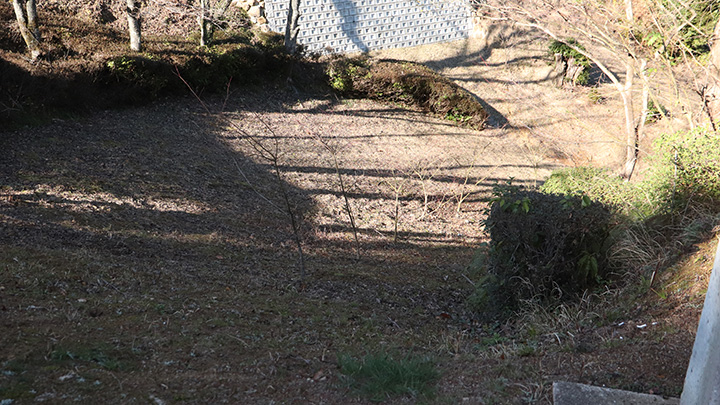
The Yamabeta kiln played a central role in the emergence of Japan’s overglaze enamel porcelain. In 1992, a significant number of Ko-Kutani overglaze porcelain pieces and biscuit wares were excavated from the Yamabeta kiln site. It is now understood that many of the large Ko-Kutani plates were fired at this kiln.
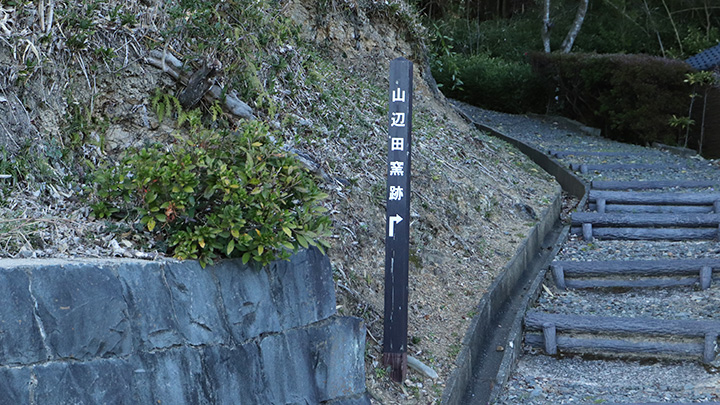
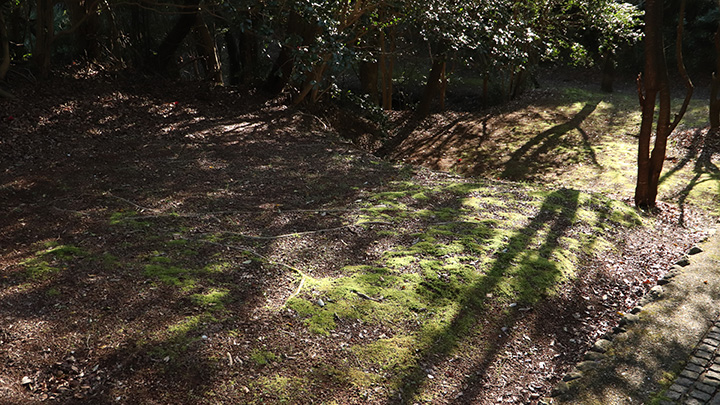
About a ten-minute walk uphill from Tozan Shrine brings you to the memorial of Yi Sam-pyeong. From this vantage point, one can overlook the townscape of Arita, where kiln sites and traditional townhouses line the streets. Hizen porcelain, originally developed as a substitute for Jingdezhen ware, evolved within just a few decades to captivate European royalty and nobility. I hope to pass on even a small part of its beauty, charm, and joy to future generations.
